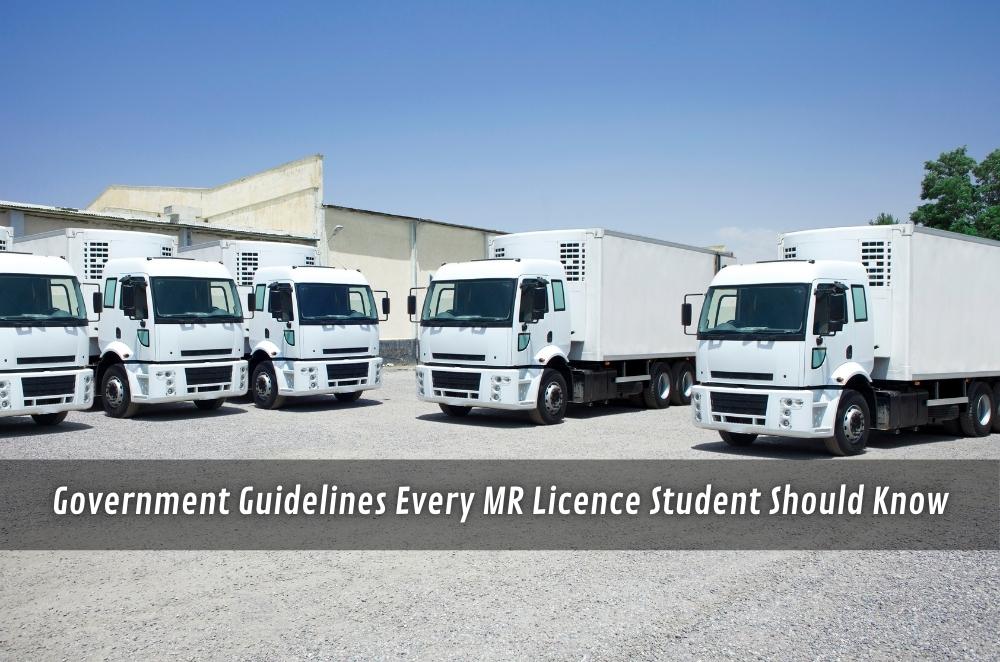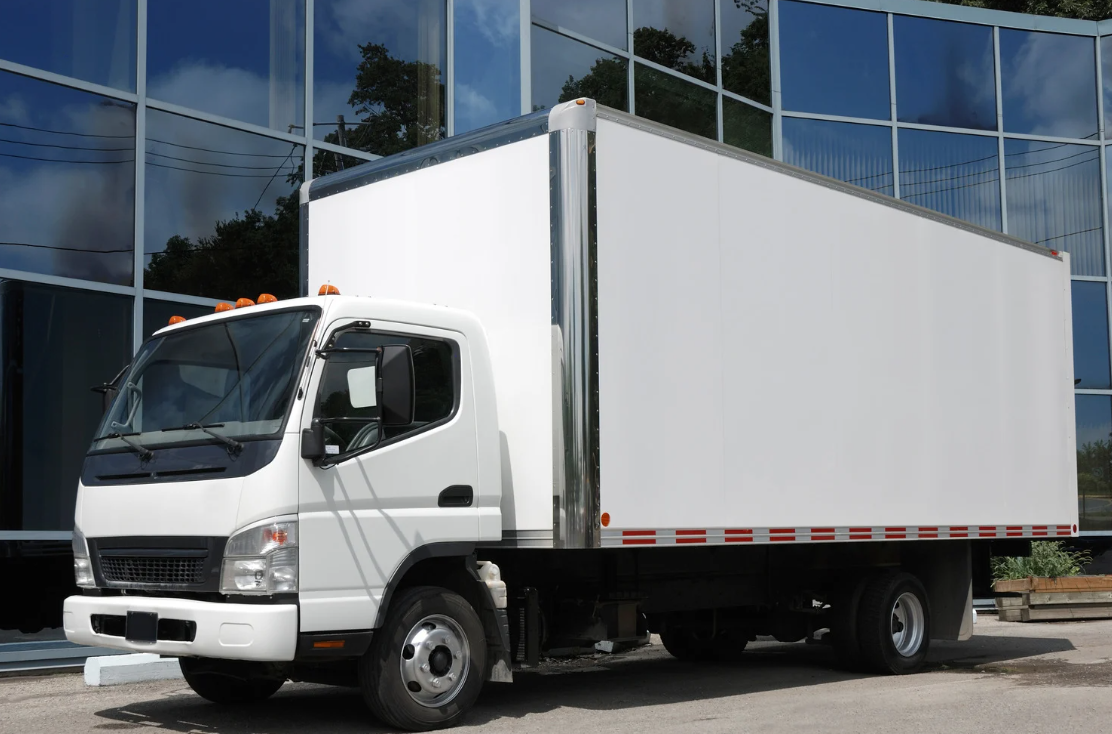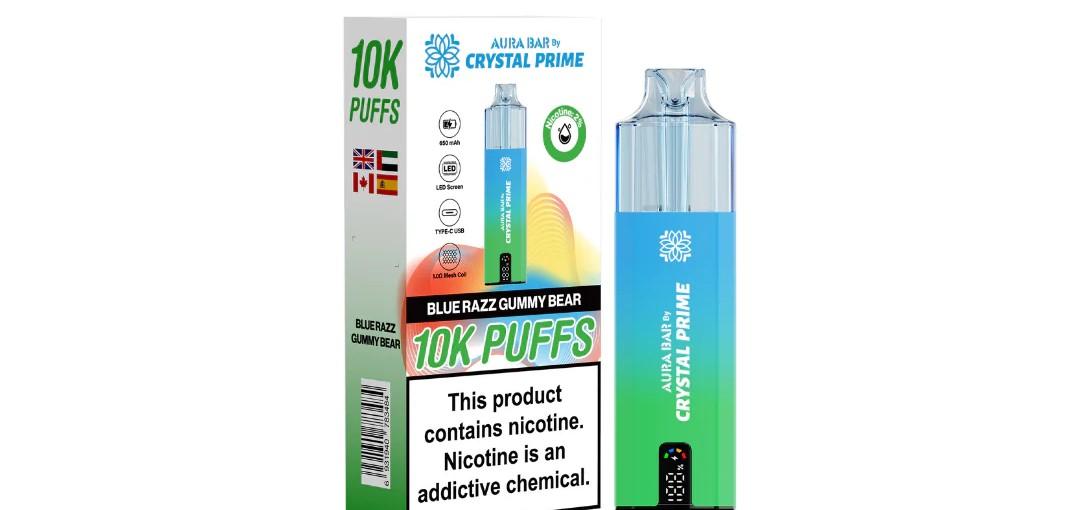Government Guidelines Every MR Licence Student Should Know

Starting your truck journey can feel like a real shift — bigger vehicles, more responsibility, and a set of rules that actually make sense once you break them down. Most learners I’ve met aren’t worried about driving itself; they just want to understand what’s expected before booking their first lesson. The truth is, the process isn’t as complicated as it first looks.
If you’re preparing to drive a Medium Rigid truck, it’s worth taking a moment to look over the MR licence requirements in NSW before you start training. Knowing what the state expects — from eligibility and testing to the type of truck you’ll be assessed in — helps you plan properly and focus on the skills that matter most once you’re on the road.
What the MR class actually covers in NSW
Understanding the vehicle class is half the learning curve. MR typically refers to a two-axle rigid vehicle above a specific Gross Vehicle Mass threshold, with a small single-trailer allowance. For day-to-day driving, that translates to delivery rigs, council sweepers, and service trucks you see threading through suburbs and light-industrial precincts. When you know the limits, you drive to them — confidently, not tentatively.
-
Typical use cases include metropolitan deliveries, municipal services, and trade logistics within urban corridors.
-
Turning paths widen; planning early matters more than raw steering input.
-
Space management becomes deliberate: lane choice, gap selection, and kerbside stops all need a rhythm.
-
Mirror discipline shifts from “quick glance” to a steady, repeatable scan pattern you can narrate.
A learner I coached moved from a short-wheelbase van into an MR rigid. We spent the first session just building a “set-up” routine before turns — position, mirror, signal, check. The turn itself got easier once the pre-turn ritual was predictable. No heroics, just consistency.
Eligibility, pathway, and the order that helps
Clarity beats speed. The state’s rules outline who can upgrade, in what order tasks make sense, and how the assessment pathways operate. A clean plan usually looks like this: confirm licence tenure, sit the knowledge component, train in a compliant vehicle, complete the on-road assessment, and finalise the paperwork. Keep a single folder (digital or physical) with your confirmations, test outcomes, and identity documents; you’ll thank yourself later.
-
Knowledge preparation pays off when you focus on load restraint, heavy vehicle signs, and safe stopping distances.
-
Assessment options differ; competency-based pathways allow skills to build across sessions.
-
Vehicle choice matters: train in an MR-compliant truck so your muscle memory matches the class.
-
Your assessor is looking for predictability more than flair — smooth inputs and hazard narration carry weight.
If you’d like to see how the stages officially line up, the heavy vehicle licence NSW process explains it clearly — from knowledge testing through to assessment requirements — so you can match your training plan to what’s expected on the day.
On-road behaviour assessors consistently reward
Once you’ve sorted the paperwork and theory, the road becomes the classroom. The habits below show up again and again in positive assessments. They’re simple, repeatable, and calm the nerves because you always know what you’re doing next.
-
Mirror rhythm: left, right, centre — especially before lane changes and near pedestrian activity.
-
Braking style: progressive pressure to keep weight settled; treat the load as if it’s fragile.
-
Kerbside stops: pull in cleanly, check exit space before you commit, and re-enter with a full scan pattern.
-
Intersection scans: voice your checks; short cues help the assessor hear your thinking.
I once had a learner who clipped entries on wide lefts. We chalked a turning arc on the depot surface and practised only the approach line — nothing else — for twenty minutes. Once the setup improved, the rest took care of itself. That’s the pattern with MR: prepare well, and the truck rewards you.

Training choices today that keep options open tomorrow
Where you learn matters — not for marketing reasons, but for structure and fleet suitability. If you suspect you’ll step into a heavier class later, it’s sensible to judge providers by their accreditation, training design, and how they scaffold competencies. The goal isn’t to “hack” the test; it’s to build behaviours that hold up when routes, loads, and conditions change.
-
Ask about session structure: drills first, then traffic; you want deliberate practice, not aimless laps.
-
Look for trucks with clear sightlines and tidy cabins; fewer distractions mean better learning.
-
Confirm assessors are accredited for the pathway you choose, and that feedback is specific and actionable.
-
If HC is on your horizon, align your habits now — mirror cadence, turn setups, and lane discipline scale well.
Over time, I’ve found that choosing a driving school for your HC licence helps shape the way you approach professional training in general. Even if your goal right now is an MR licence, thinking ahead about the quality of instruction makes your skills far more adaptable when you move up to heavier vehicles.
Common pitfalls — and the quick fixes that stick
Most errors aren’t dramatic; they’re routine slips that stack up. The trick is to catch them early and plug them with small, reliable habits.
-
Late mirror checks before lane changes → add a verbal cue sequence and a brief pause before moving.
-
Over-steering at low speed → slow first, steer less, and let the wheel return under gentle control.
-
Stale green creep at signalised intersections → prepare to stop as you enter the zone rather than deciding at the line.
-
Kerb kisses on tight lefts → widen the setup early, then commit to a controlled, slower arc.
A practical note here: plan your practice routes with intention. Industrial estates offer gradient, long lanes, and fewer surprises; early sessions there build confidence you can bring into busier corridors later.
Final thoughts
Upgrading to an MR licence isn’t just about handling a bigger vehicle — it’s about building habits that hold up when conditions get unpredictable. Once you understand what’s expected, the process feels straightforward: study the right topics, practise with intention, and stay calm under assessment pressure. Those habits carry over long after you’ve passed the test.
If you’d like to broaden your understanding beyond the classroom perspective, this MR licence guide for Australian drivers offers a balanced look at how licensing fits into the wider transport industry and the daily realities of professional drivers. Reading through perspectives like that can give you a more grounded view of what the qualification means once you’re out on the road.








